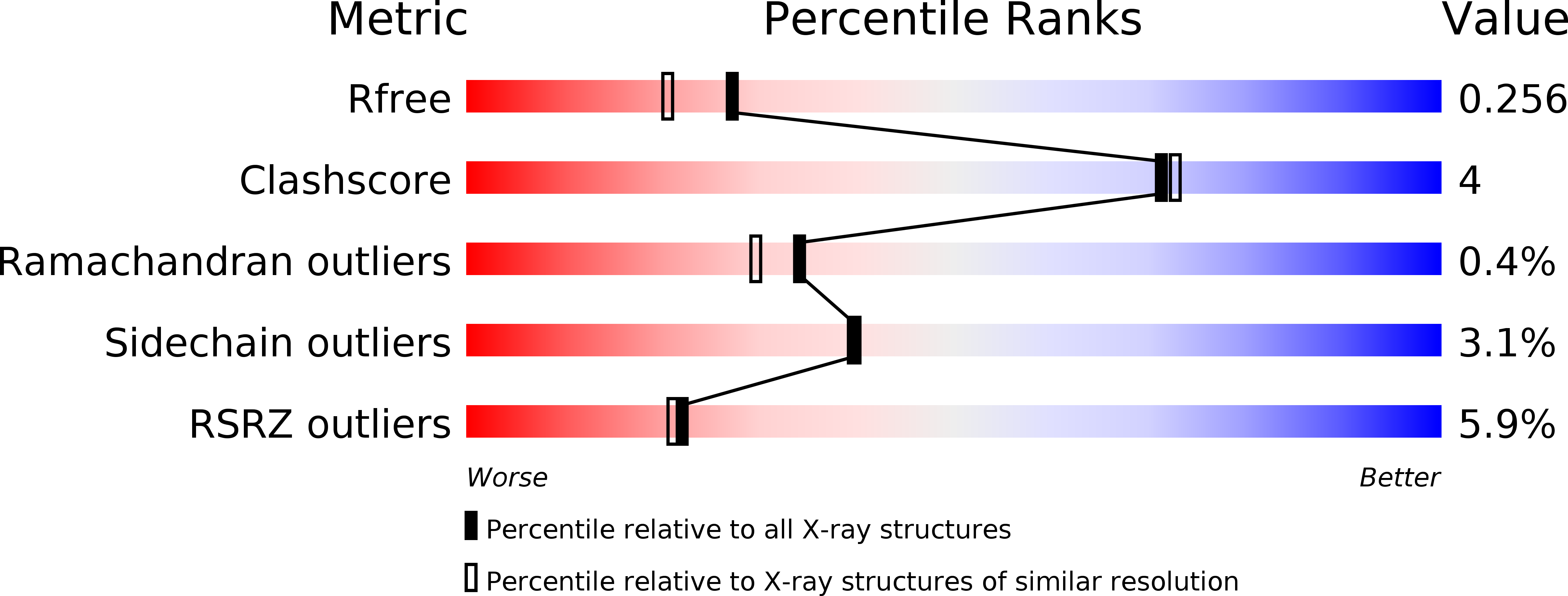
Deposition Date
2011-02-16
Release Date
2012-02-22
Last Version Date
2024-03-13
Entry Detail
PDB ID:
3AUS
Keywords:
Title:
Crystal structure of Bacillus megaterium glucose dehydrogenase 4 in ligand-free form
Biological Source:
Source Organism:
Bacillus megaterium (Taxon ID: 1404)
Host Organism:
Method Details:
Experimental Method:
Resolution:
2.00 Å
R-Value Free:
0.25
R-Value Work:
0.20
R-Value Observed:
0.20
Space Group:
C 1 2 1


